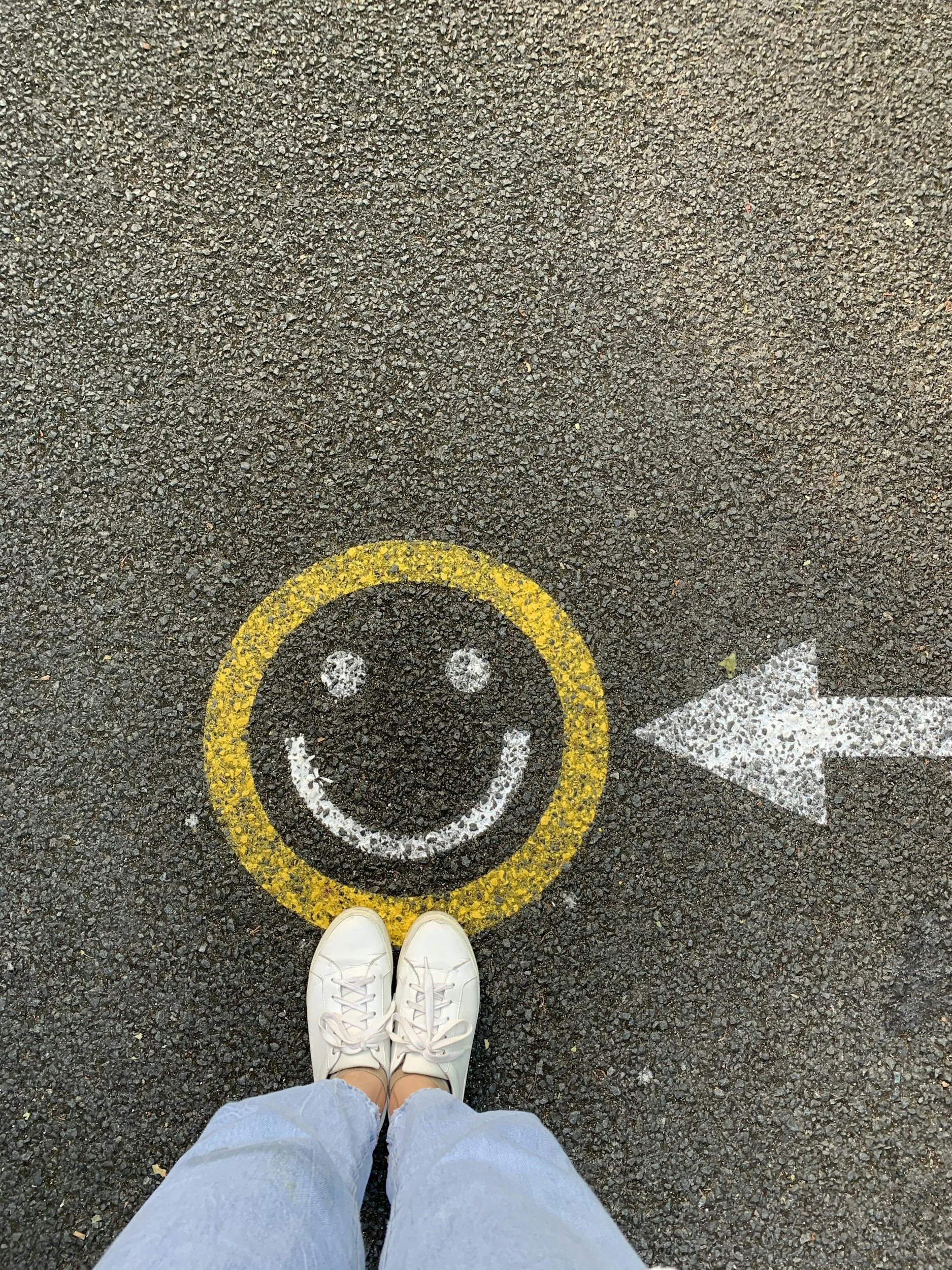Dopamine, Eating, and Finding Joy Beyond Food
Dopamine, Eating, and Finding Joy Beyond Food
Written by Lily Thrope
We often hear about dopamine as the brain’s “feel-good” chemical. But what exactly does that mean, and how does it affect behaviors like eating or seeking pleasure in other ways? For many people, understanding dopamine can shine a light on why we turn to certain habits, and how we might create healthier, more balanced sources of joy in our lives.
What Is Dopamine?
Dopamine is a neurotransmitter, a chemical messenger in the brain that plays a major role in how we experience motivation, reward, and pleasure. It’s not just about feeling good it’s about driving us to seek experiences that the brain views as rewarding.
When dopamine is released, it creates a sense of anticipation and satisfaction. This is why dopamine is sometimes called the “wanting” chemical, it fuels the desire to repeat certain actions because our brains remember them as rewarding.
For survival, this system is crucial: it ensures we are motivated to eat, connect with others, and stay safe. But in today’s world, where so many instant “dopamine hits” are available, our brains can become wired to chase quick rewards instead of longer-term satisfaction.
Dopamine and Eating
Eating is one of the most powerful triggers for dopamine. The brain evolved this way so we would keep seeking food to survive. But in our modern environment, where food is abundant and often highly processed, the dopamine system can get overstimulated.
Here’s how it plays out in different eating behaviors:
Binge Eating: The anticipation and consumption of food bring a dopamine surge. But afterwards, dopamine levels can drop quickly, leading to feelings of guilt or shame.
Restrictive Eating: Surprisingly, restriction can also release dopamine. The sense of control or achieving a “goal” (like sticking to rules) can be rewarding for the brain, even if the body is deprived.
Emotional Eating: When stressed, sad, or anxious, food can provide a reliable dopamine release, creating temporary comfort or distraction from difficult emotions.
This cycle can make food feel like the only reliable source of pleasure or relief, even though the underlying need might be emotional regulation, comfort, or connection.
Other Dopamine-Seeking Behaviors
Eating is just one way we seek dopamine. Modern life provides many quick, accessible sources:
Scrolling on social media: Every “like” or notification gives a mini dopamine hit.
Shopping or spending: Buying something new activates the anticipation/reward cycle.
Exercise or movement: Intense exercise releases dopamine and endorphins.
Work or productivity: Achieving a task can trigger a rewarding dopamine spike.
Substances: Caffeine, alcohol, nicotine, or other drugs hijack the dopamine system.
None of these behaviors are “bad” on their own. The challenge comes when they become the primary or only way we allow ourselves to feel good.
Expanding Your Sources of Joy
The good news is that dopamine isn’t limited to food, screens, or substances. We can intentionally create new, balanced ways to stimulate dopamine and cultivate joy.
Here are some ideas for diversifying your dopamine sources:
Creative expression: Painting, writing, dancing, or playing music.
Connection: Spending time with trusted friends, joining a group, or volunteering.
Learning: Trying a new skill, reading about a topic that excites you, or taking a class.
Playfulness: Board games, puzzles, or activities that let you be silly and free.
Nature: Walking outside, gardening, or simply noticing your surroundings.
Mindful rituals: Journaling, yoga, meditation, or savoring a cup of tea.
By experimenting with different activities, you train your brain to find dopamine in a wider range of experiences. Over time, this makes joy feel more accessible, balanced, and sustainable.
Reflection Prompts
If you’re curious about how dopamine shows up in your own life, try journaling on these questions:
What activities do I currently rely on most for comfort, pleasure, or distraction?
After I engage in these activities, how do I feel, both in the moment and afterwards?
What activities (even small ones) have made me feel genuinely joyful or satisfied in the past?
Where could I add a new, gentle source of joy this week?
If you’ve noticed yourself relying heavily on eating, scrolling, or other habits for dopamine, it doesn’t mean you’re broken. It means your brain has found a reliable way to feel better. Expanding your options takes time, experimentation, and self-compassion.
At Thrope Therapy, we help clients explore the science of their behaviors while building healthier, more fulfilling ways to experience joy. If you’re curious about starting therapy, schedule a free 15-minute consultation today or email us at hello@thropetherapy.com.




